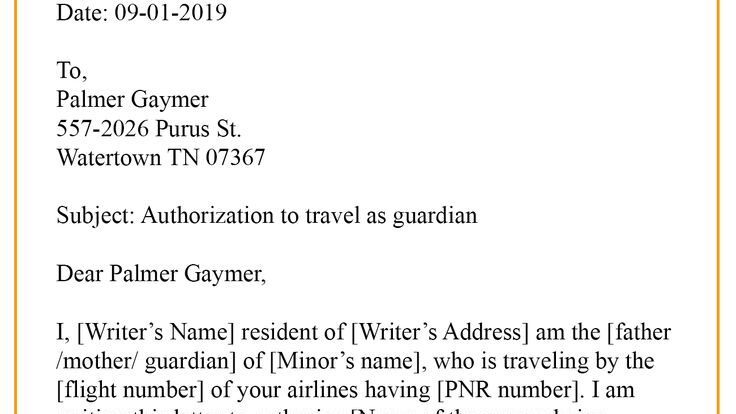
How to Establish Objectives for a New Helping Relationship
Building a successful helping relationship requires clear communication, mutual understanding, and shared objectives. Whether you are a mentor, coach, therapist, or counselor, agreeing on objectives sets the foundation for a productive and meaningful partnership. In this guide, we explore the essential steps to establish objectives in a new helping relationship.
1. Understand the Needs and Goals
Begin by gaining a deep understanding of the needs, challenges, and aspirations of the individual seeking help. Listen actively, ask relevant questions, and show empathy to comprehend their unique situation. By understanding their goals, you can tailor your approach and set realistic objectives that align with their desired outcomes.
2. Collaborative Goal Setting
Encourage collaborative goal setting to empower the individual and foster a sense of ownership over the objectives. Invite them to share their thoughts, preferences, and suggestions regarding the goals they want to achieve. By involving them in the decision-making process, you create a sense of partnership and motivation to work towards shared objectives.
3. Define Specific and Measurable Goals
Ensure that the objectives set are specific, measurable, achievable, relevant, and time-bound (SMART). Clarity is key to tracking progress and celebrating milestones along the way. Define clear parameters for success and establish checkpoints to evaluate progress towards the agreed-upon goals.
4. Prioritize Objectives
In a helping relationship, it is crucial to prioritize objectives based on urgency, importance, and impact. Identify the most pressing issues that require immediate attention and focus on addressing them first. By establishing a hierarchy of objectives, you can allocate resources effectively and address critical needs promptly.
5. Establish Boundaries and Expectations
Discuss and clarify the boundaries, roles, and expectations within the helping relationship. Establish guidelines for communication, confidentiality, and feedback to ensure a respectful and professional partnership. Setting clear boundaries from the outset cultivates trust and creates a safe environment for open dialogue.
6. Monitor Progress and Adjust Objectives
Regularly monitor progress towards the established objectives and be open to adjusting them as needed. Circumstances may change, and new insights may emerge throughout the helping process. Flexibility and adaptability are essential to responding to the evolving needs and aspirations of the individual seeking support.
7. Encourage Reflection and Feedback
Promote reflection and feedback to enhance the learning and growth experience for both parties. Encourage the individual to share their insights, challenges, and achievements along the way. Foster a culture of open communication and constructive feedback to strengthen the helping relationship and promote ongoing development.
8. Celebrate Achievements and Milestones
Recognize and celebrate the achievements and milestones achieved towards the agreed objectives. Acknowledge the progress made, no matter how small, and express appreciation for the effort and commitment demonstrated. Celebrating successes boosts motivation and reinforces the individual’s confidence in their ability to overcome challenges.
9. Conclusion
Establishing objectives for a new helping relationship is a collaborative and dynamic process that requires empathy, communication, and goal alignment. By understanding the needs, setting SMART goals, and fostering open dialogue, you can create a supportive and effective partnership that promotes growth and development.
FAQ
Q: Why is it important to set clear objectives in a helping relationship?
A: Clear objectives provide a roadmap for progress, alignment of expectations, and a basis for measuring success.
Q: How can I ensure that the objectives set are achievable?
A: Collaboratively assess the individual’s resources, capabilities, and timelines to establish realistic and achievable goals.
Q: What role does feedback play in the process of setting objectives?
A: Feedback promotes continuous improvement, strengthens the helping relationship, and fosters mutual understanding and growth.

Source Image: portfolioofhope.com

Source Image: medicalnewstoday.com
How to Make an Infographic in Under 1 Hour (2024 Guide) – Venngage Jun 26, 2023Always make up after a fight: It may help to write a contract to meet this goal, where you and your partner agree to be forgiving with one another. You can also be more specific, for example agreeing to not go to bed angry with one another. Spice up your sex life: Commit to trying a new position/exploring a new fantasy once a week. Or simply







